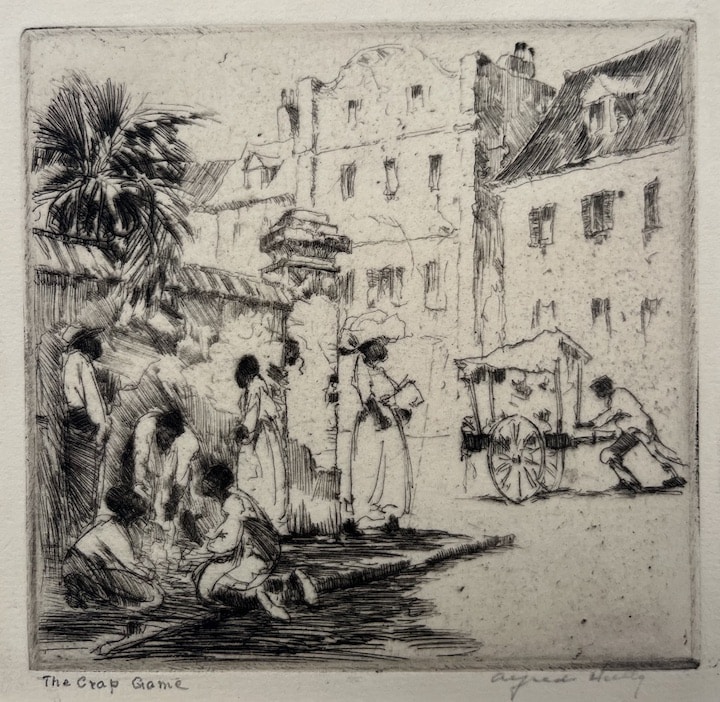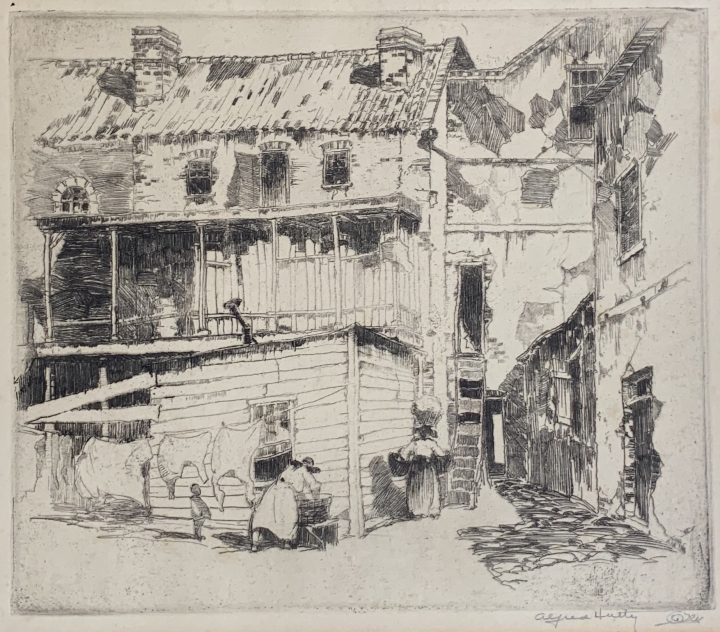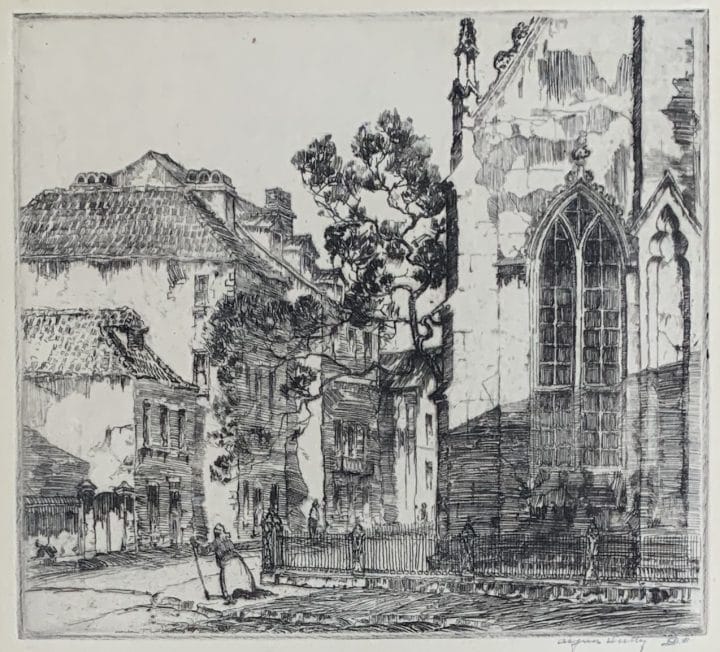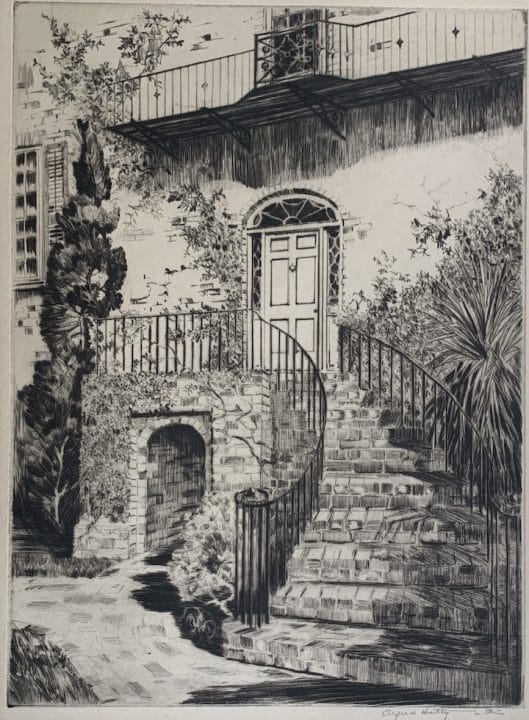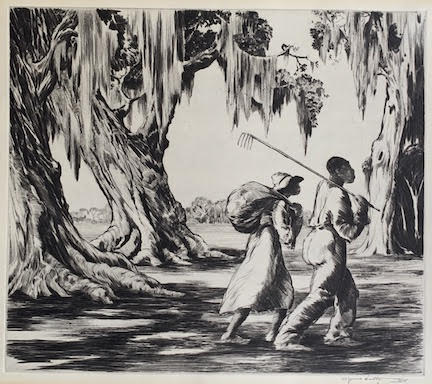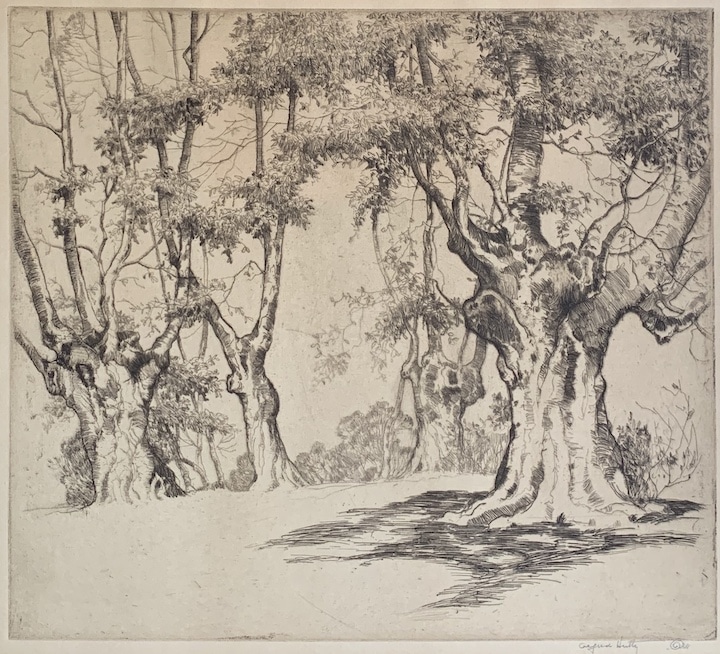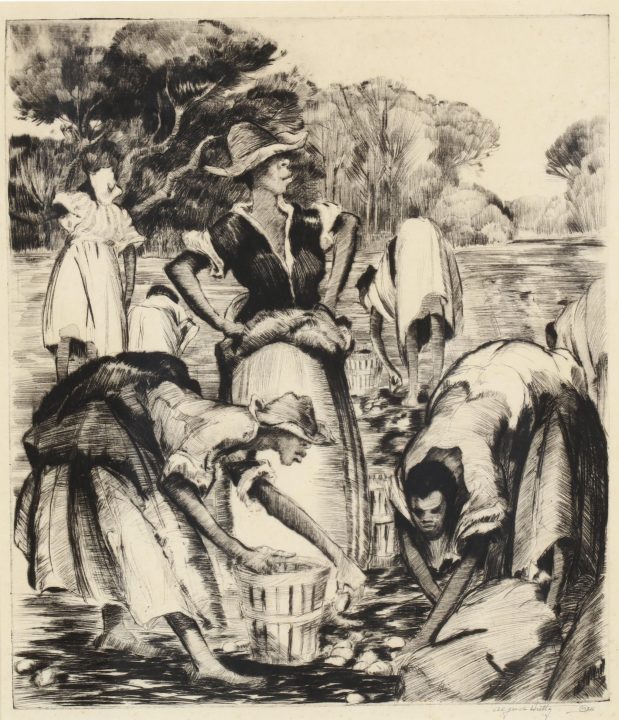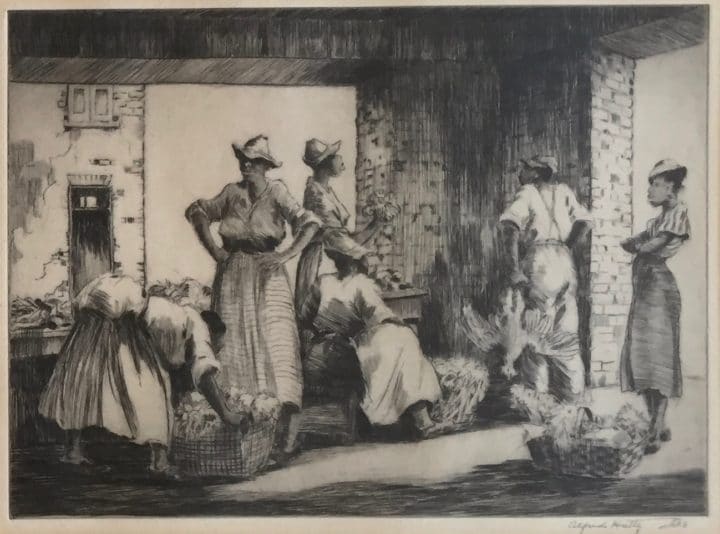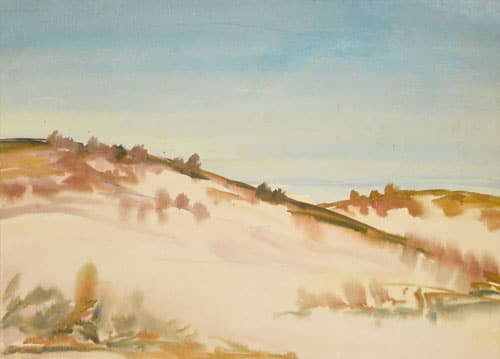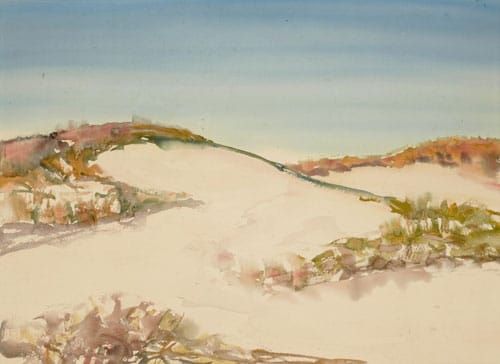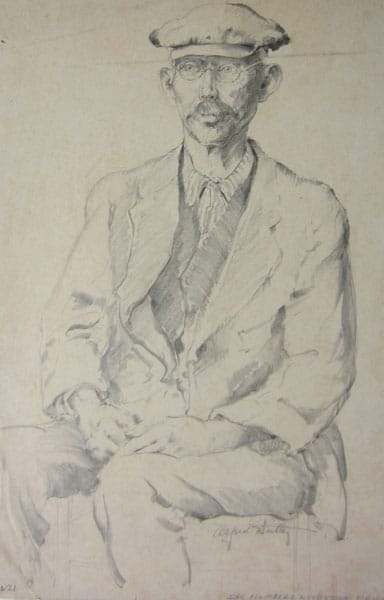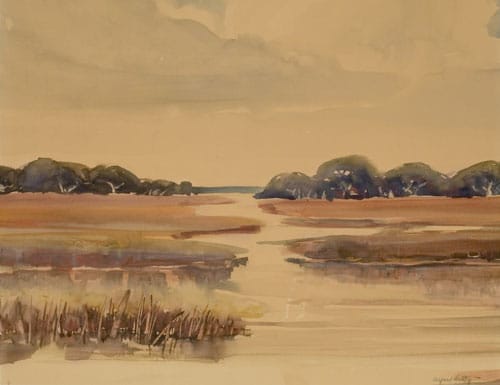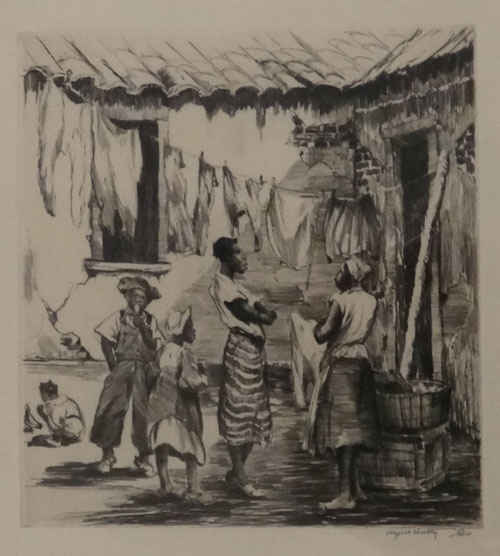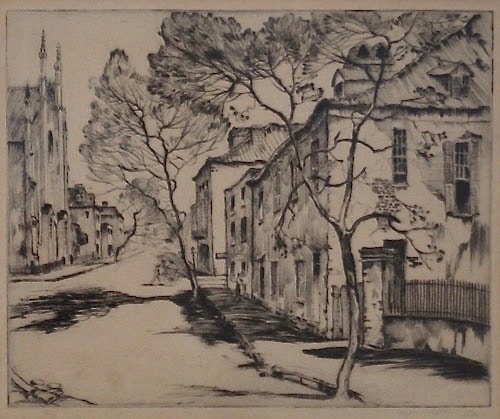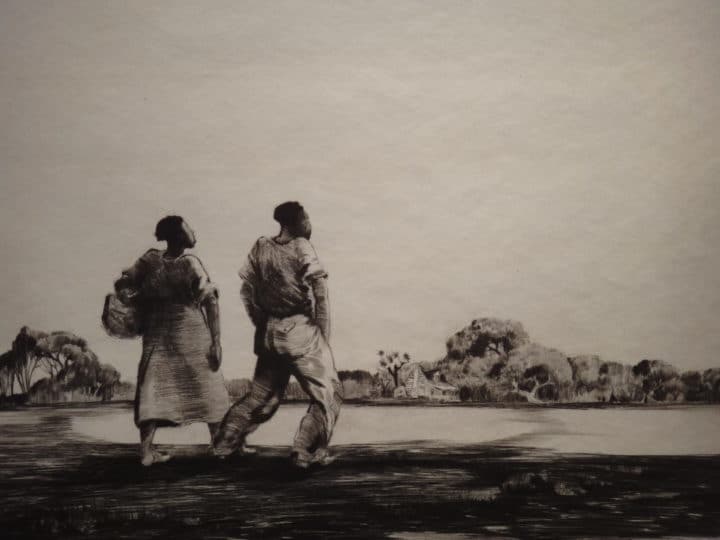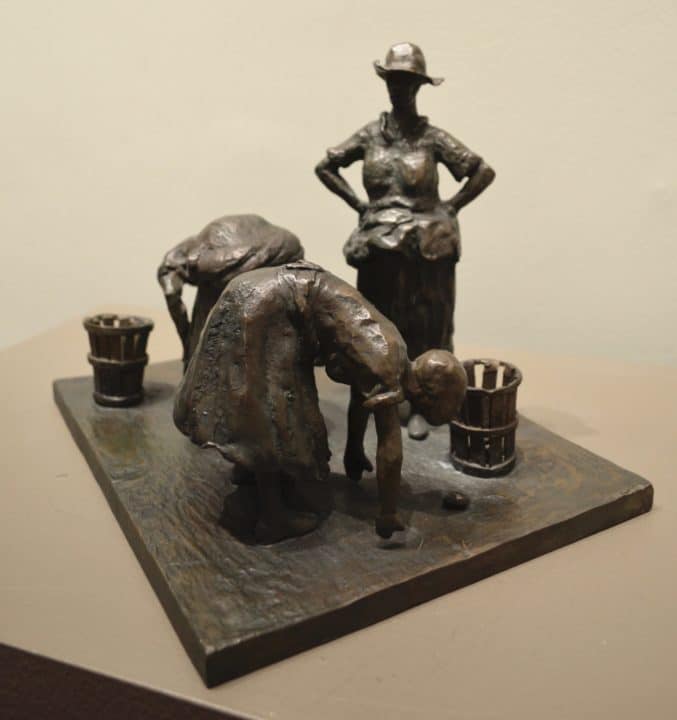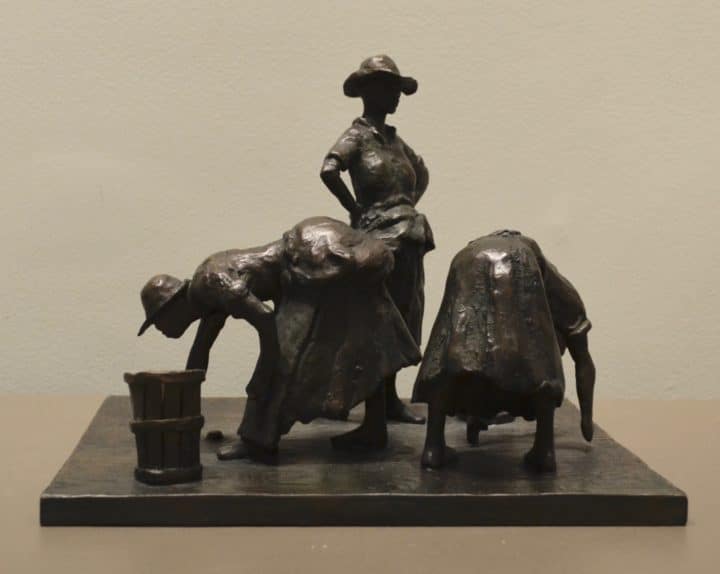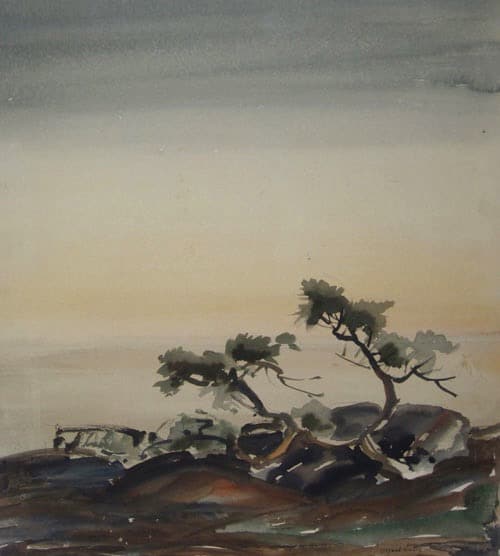Alfred Hutty
American (1877-1954)
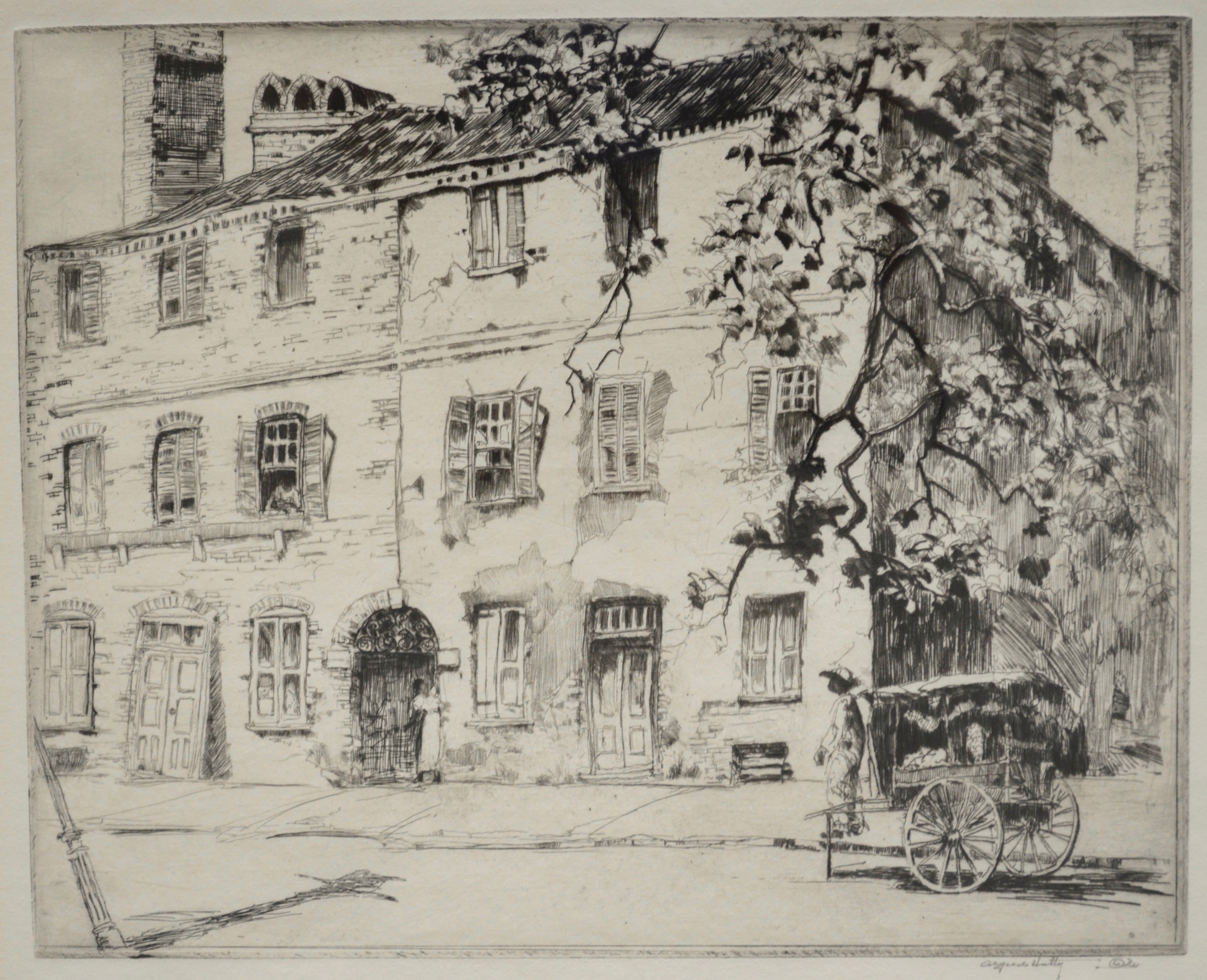
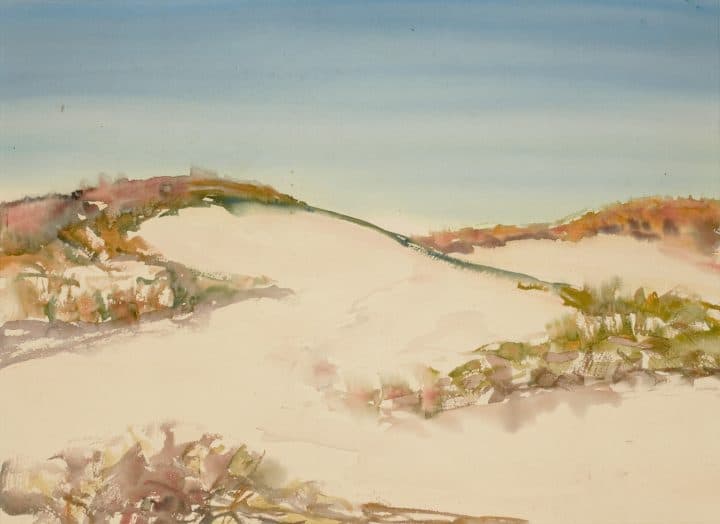
Among the first artists to settle in the Art Students League colony at Woodstock, New York, in the early 1900s, Hutty established himself as a leading painter of the town’s natural environs. For more than a decade, he honed his skills in oil and watercolor, producing intimate portrayals of Woodstock’s mountains, lakes, and streams before his career took him to South Carolina. Hutty first visited Charleston in 1920 and, according to one of the staple legends of the Charleston Renaissance, he excitedly wired his wife back in Woodstock:
“Come quickly, have found heaven.” —Alfred Hutty
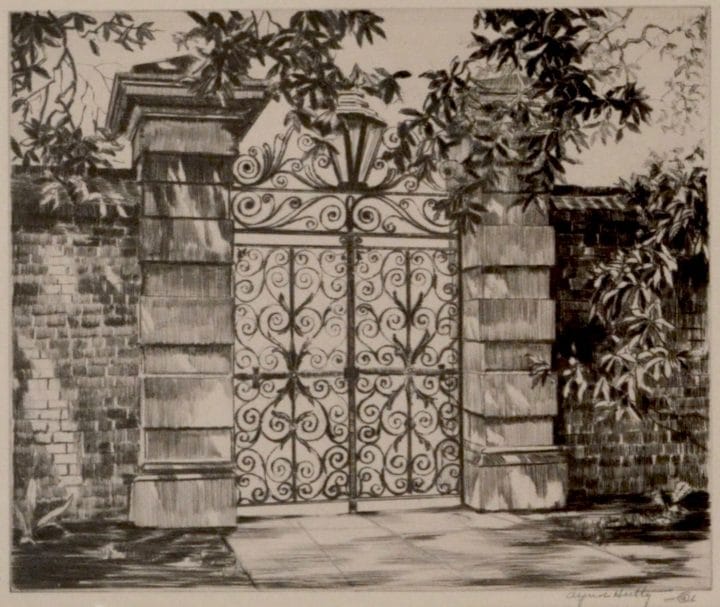
Hutty began dividing his time seasonally between homes and studios in Charleston and Woodstock, teaching art classes for the Carolina Art Association at what is now the Gibbes Museum of Art—a relationship that eventually led to the Gibbes’s status as the largest public repository of Hutty’s work. In Charleston, Hutty was inspired to try his hand at printmaking for the first time, and it is this artistic medium for which he is best known. His skillful prints depicting the city’s surviving colonial and antebellum architecture, its rural environs, and its African American population drew unprecedented national attention both to Hutty and to Charleston. (University of South Carolina Press)
Hutty began dividing his time seasonally between homes and studios in Charleston and Woodstock, teaching art classes for the Carolina Art Association at what is now the Gibbes Museum of Art—a relationship that eventually led to the Gibbes’s status as the largest public repository of Hutty’s work. In Charleston, Hutty was inspired to try his hand at printmaking for the first time, and it is this artistic medium for which he is best known. His skillful prints depicting the city’s surviving colonial and antebellum architecture, its rural environs, and its African American population drew unprecedented national attention both to Hutty and to Charleston. (University of South Carolina Press)
Learn About New Arrivals
Subscribe to gallery emails.
